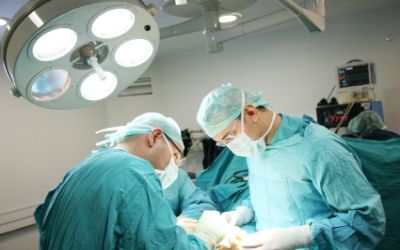Study Cites Multiple Causes for Retained Surgical Items

The Centers for Medicare and Medicaid Services (CMS) will no longer reimburse healthcare facilities for the additional patient care related to "never events," including outcomes associated with a surgical item that has been left in the patient. For reimbursement and patient safety issues, according to a study in the August issue of AORN Journal, the accuracy of traditional manual counting procedures may be suspect and worth a perioperative process review.
Victoria M. Steelman, PhD., RN, and Joseph J. Cullen, MD studied the perioperative processes to prevent retained sponges after elective abdominal surgery to identify potential failures and to rate the causes, probability and severity of the failures. Steelman, from the Iowa City Veterans Administration Health Care System and Cullen, from the Veterans Administration Medical Center in Iowa City, identified 57 cases of potential counting failures which were mainly attributed to room preparation, initial count, adding and removing sponges, and the first and final closing count.
The authors' project was to identify why surgical counts are less than optimally effective. They gained initial insight from the process mapping, and they identified the seriousness of failures using the Healthcare Failure Mode and Effect Analysis (HFMEA) from the VA National Center for Patient Safety. According to the authors, surgical counts have been the standard of care for many years and the primary measure to prevent retained sponges. This project is the first published report to their knowledge to identify failures that can occur during the perioperative management of surgical sponges. According to the authors, Dsurgical counts are failure prone processes that are not likely to be affected by traditional education and disciplinary interventions.
Bridging the Gap: Operating Room and Central Processing Unite to Improve Surgical Efficiency
April 8th 2025Communication breakdowns between the operating room and central processing led to delays and frustration—until collaboration, cross-training, and shared goals turned metrics around and strengthened teamwork.